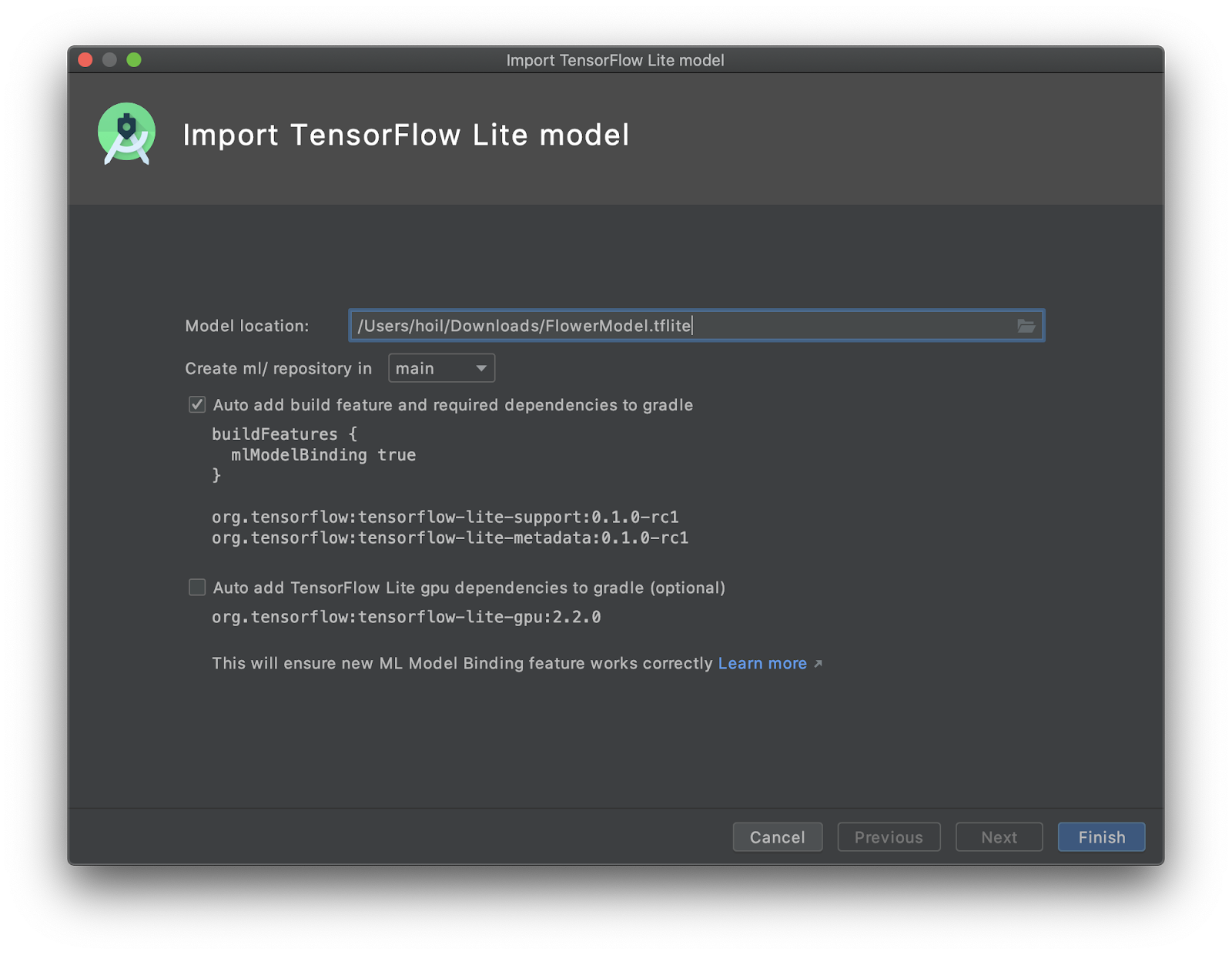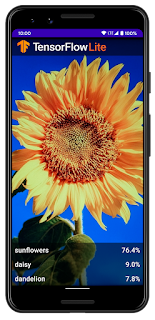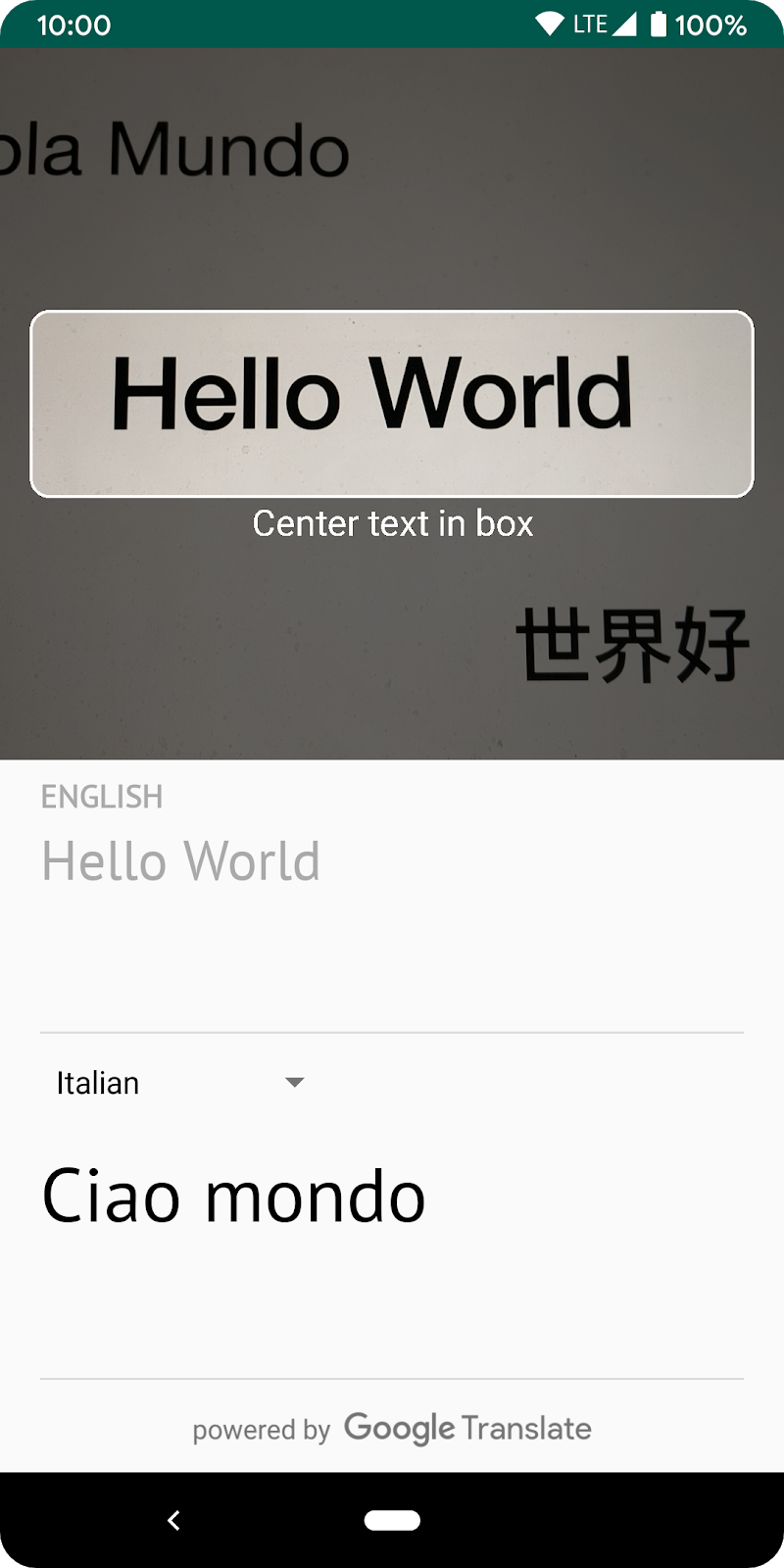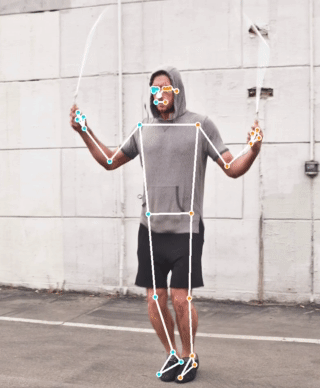Posted by Hoi Lam, Android Machine Learning
This blog post is part of a weekly series for #11WeeksOfAndroid. Each week we’re diving into a key area of Android so you don’t miss anything. Throughout this week, we covered various aspects of Android on-device machine learning (ML). Whichever stage of development be it starting out or an established app; whatever role you play in design, product and engineering; whatever your skill level from beginner to experts, we have a wide range of ML tools for you.
Design - ML as a differentiator
“Focus on the user and all else will follow” is a Google mantra that becomes even more relevant in our machine learning age. Our Design Advocate, Di Dang, highlighted the importance of finding the unique intersection of user problems and ML strengths. Too often, teams are so keen on the idea of machine learning that they lose sight of their user needs.
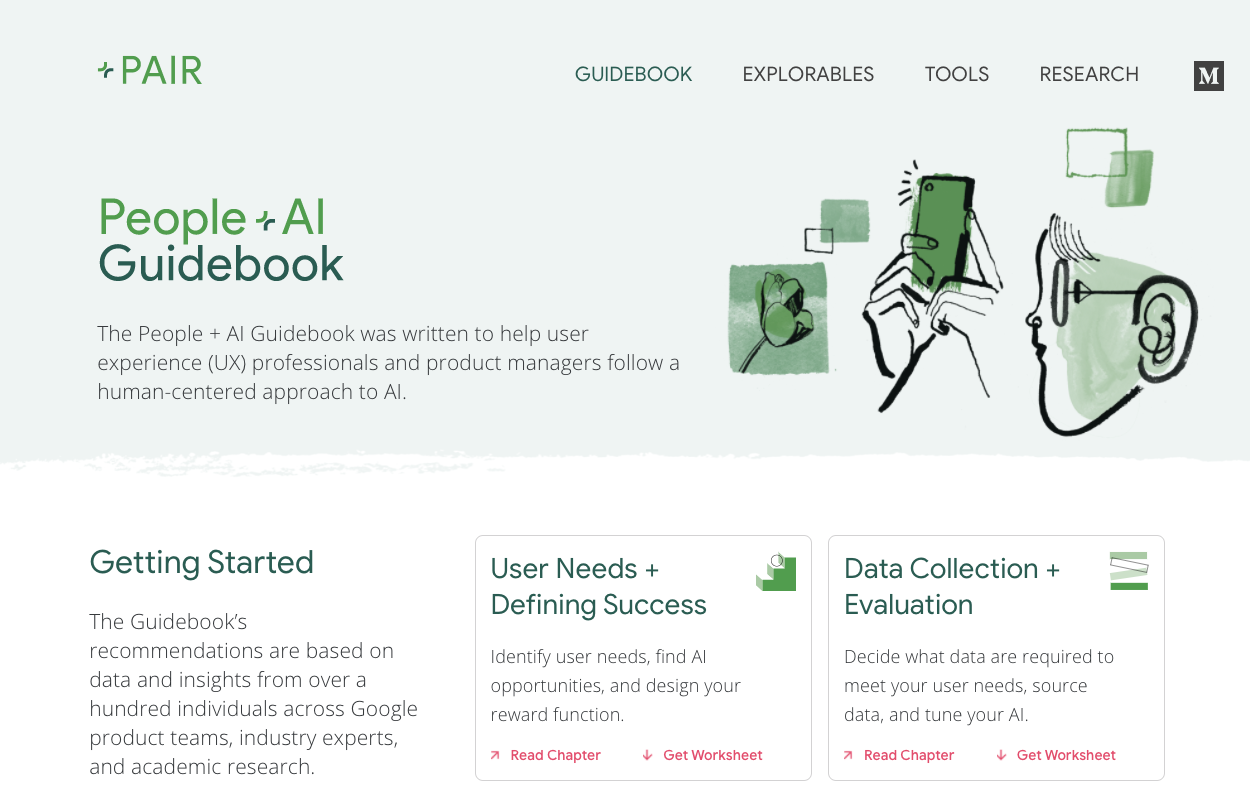
Di outlined how the People + AI Guidebook can help you make ML product decisions and used the example of the Read Along app to illustrate topics like precision and recall, which are unique to ML design and development. Check out her interview with the Read Along team together with your team for more inspiration.
New ML Kit fully focused on on-device
When you decide that on-device machine learning is the solution, the easiest way to implement it will be through turnkey SDKs like ML Kit. Sophisticated Google-trained models and processing pipelines are offered through an easy to use interface in Kotlin / Java. ML Kit is designed and built for on-device ML: it works offline, offers enhanced privacy, unlocks high performance for real-time use cases and it is free. We recently made ML Kit a standalone SDK and it no longer requires a Firebase account. Just one line in your build.gradle file and you can start bringing ML functionality into your app.

The team has also added new functionalities such as Jetpack lifecycle support and the option to use the face contour models via Google Play Services saving as much as 20MB in app size. Another much anticipated addition is the support for swapping Google models with your own for both Image Labeling as well as Object Detection and Tracking. This provides one of the easiest ways to add TensorFlow Lite models to your applications without interacting with ByteArray!
Customise with TensorFlow Lite and Android tools
If the base model provided by ML Kit doesn’t quite fit the bill, what should developers do? The first port of call should be TensorFlow Hub where ready-to-use TensorFlow Lite models from both Google and the wider community can be downloaded. From 100,000 US Supermarket products to tomato plant diseases classifiers, the choice is yours.

In addition to Firebase AutoML Vision Edge, you can also build your own model using TensorFlow Model Maker (image classification / text classification) with just a few lines of Python. Once you have a TensorFlow Lite model from either TensorFlow Hub, or the Model Maker, you can easily integrate it with your Android app using ML Kit Image Labelling or Object Detection and Tracking. If you prefer an open source solution, Android Studio 4.1 beta introduces ML model binding that helps wrap around the TensorFlow Lite model with an easy to use Kotlin / Java wrapper. Adding a custom model to your Android app has never been easier. Check out this blog for more details.
Time for on-device ML is now

From the examples of the Android Developer Challenge winners, it is obvious that on-device machine learning has come of age and ML functionalities once reserved for the cloud or supercomputers are now available on your Android phone. Take a step forward with us by trying out our codelabs of the day:
- ML Kit Codelab - Recognize, Identify Language and Translate text with ML Kit and CameraX
- Custom Model Codelab - Build an Android app to recognize flowers with TensorFlow Lite Model Maker and Android Studio ML model binding
Also checkout the ML Week learning pathway and take the quiz to get your very own ML badge.
Android on-device machine learning is a rapidly evolving platform, if you have any enhancement requests or feedback on how it could be improved, please let us know together with your use-case (TensorFlow Lite / ML Kit). Time for on-device ML is now.
Resources
You can find the entire playlist of #11WeeksOfAndroid video content here, and learn more about each week here. We’ll continue to spotlight new areas each week, so keep an eye out and follow us on Twitter and YouTube. Thanks so much for letting us be a part of this experience with you!


